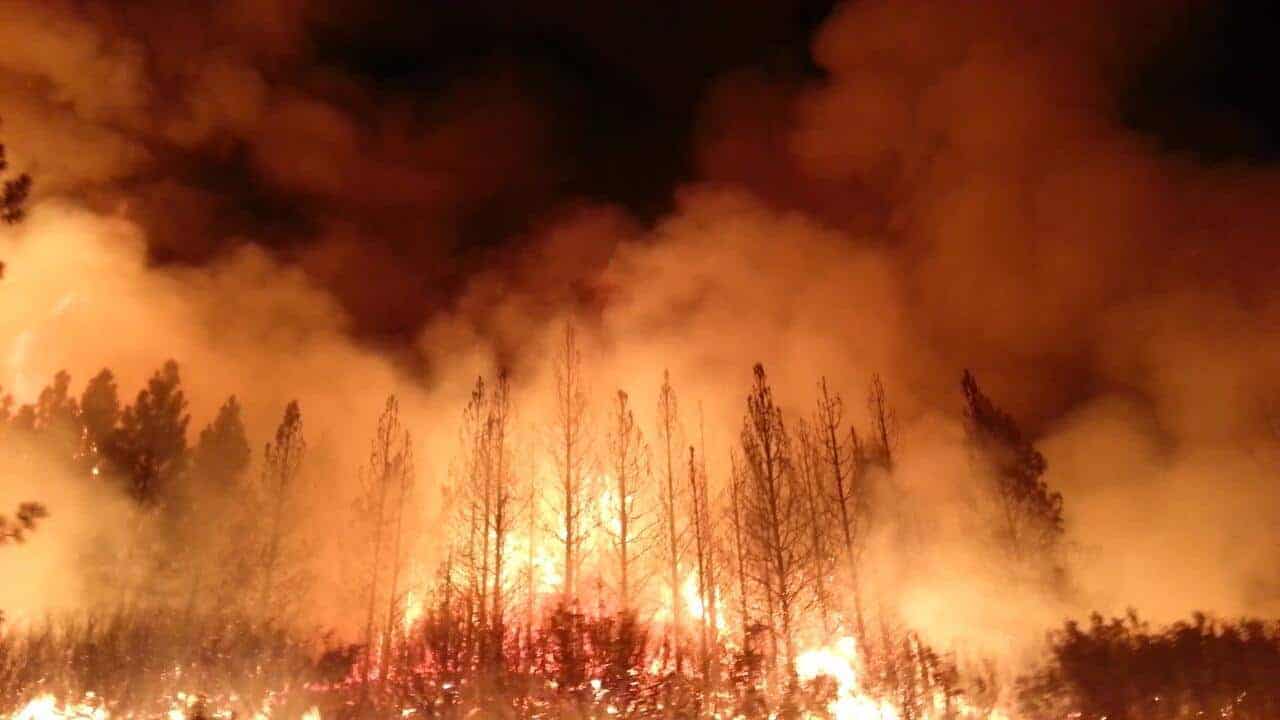The narrative of the climate neutrality of wood as a resource
Increased use of wood as a supposedly climate-neutral building material and energy source is often promoted. This is leading to reduction in wood reserves and also contributing to the disappearance of the last primeval forests in Europe. A new study reveals what this climate neutrality is all about.
Wood-based materials
In the case of wood-based material, their useful life has significantly decreased in recent decades. And also their greenhouse gas sink effect. This is because a large part of furniture production is now based on inexpensive chipboard and fiberboard. These only have a useful life of a few years and are also often unusable for material recycling. High quality furniture with a long useful life has declined.
Furthermore, the consumption of paper, cardboard and paperboard products with only a short useful life has increased significantly in recent decades. Moreover, the consumption of pallets and wooden packaging also increased a lot. In addition, there are even many wood products that have a shorter life cycle than the efficient top performers made of non-biogenic materials.
Wood-based bioenergy
In 2019, about 19% of energy consumption in the EU was coming from renewable energy. Wood-based bioenergy made up 60% of this. Thus, the „energy transition“ has relied on what is probably the oldest energy source in cultural history. The EU Joint Research Centre state that the use of forest biomass for heating purposes emits significantly more CO2 than fossil fuels, like heating oil or gas, over a timespan of a few decades. This is particularly the case if trees are directly felled for firewood.
The EU Renewable Energy Directive claims exactly the opposite. It says that wood energy provides a greenhouse gas reduction of more than 80% to fossil fuels. But it fails to consider the change in the sink capacity of the forest. In the intensive use of wood for energy, the medium- and long-term reduction of the CO2 sink in the forest can no longer be compensated. The energy efficiency of wood is also highly problematic when burned in small single-room stoves typical for private households.
Thermal power plants
The increasing combustion of wood in large-scale thermal power plants for electricity generation, so called co-firing, is very problematic. Pellets and wood chips come from the USA, Baltic States and Russia. In the Baltic states and Russia, the management practices are large-scale clear-cutting and full tree use, often even with stump use. This is associated with large nutrient removal, which endangers the next forest generation. The remaining slash is chopped up with special mulching-machines on clear-cut areas, which causes further CO2 emissions through rapid mineralization. Due to the growth in the world´s population and the increasing demand on wood, the existing forest biomass and their C-sink capacity is reduced rapidly.
Climate policy goals
The EU new greenhouse gas emissions target is a net reduction of 55% by 2030. Therefore, the EU must obtain at least 32% of its energy from renewable sources. This value was even raised in June 2021 to 38-40%. But this calculation is based on the prediction that forests and peatlands will offer significantly increased climate sinks. This is not achievable with the existing instruments and is also not taking into account the climate change-related disturbances in the forests, which are unpredictable in future. Besides, industry and transport sectors are being protected from major emissions reductions.
What has to be done
One solution could be the establishment of so-called „no-go-areas“, where logging is prohibited. Furthermore, criteria for limiting the use of stemwood for energy purposes, especially for electricity generation in power plants, should be established nationally. The use of wood for energy, especially the import of pellets and wood chips from whole trees, must be regulated. The share of harvested wood that flows into long-life products should be urgently increased. To conclude, wood that remains in the forest in the form of living trees or deadwood makes at least as great and often even greater contribution to climate protection than when it is used for energy and inefficient materials.









